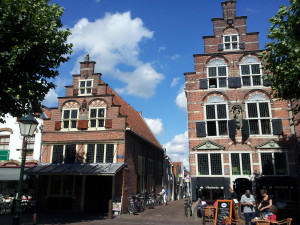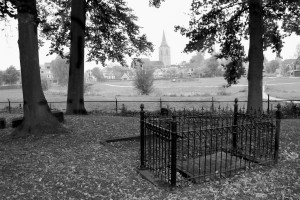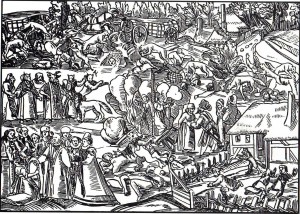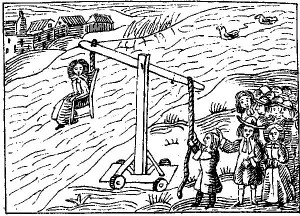The Heksenwaag was the place where witches were weighed. Witches were known to be lighter than normal, in order to fly on a broom. People accused of witchcraft could go to a heksenwaag to be weighed and receive a certificate declaring them to be of normal weight, which they could then show to their accusers. … [Read more...]
A (Reverse) Witch Trial in Winterswijk
In the late medieval period, many unexplained phenomena were attributed to witchcraft. If a healthy child suddenly became ill or a cow would not give milk, the influence of witches was often suspected. Many people were persecuted and burned at the stake, particularly in the Southern Netherlands (current-day Belgium). By the 1600s, the hunt quieted down. The Enlightenment made people realize that there might well be scientific explanations for things that happened to them. Still, an accusation … [Read more...]
Quick tip – Witches in Flanders
The website Witches in Flanders offers a great deal of information about witch trials in Flanders. It includes lists of witch trials and convicted witches in the 1500s and 1600s. Several people who were accused of witchcraft fled north to the Protestant parts of the Netherlands, where witchcraft was often considered a Catholic superstition. Others were not so lucky and were burned at the stake. … [Read more...]
Dutch term – Heks
A heks is a witch. Witch trials were held in the Middle Ages and lasted until the 17th century. In modern Dutch, a heks is typically female, but in the past, the word was used for men as well. If you were accused of witchcraft, one defense would be that you were too heavy to fly on a broom. Since 1545, people could go to the heksenwaag (witches' scales) in Oudewater to be weighed and receive an official certificate if they were of normal weight. People from all over Western Europe came to … [Read more...]





